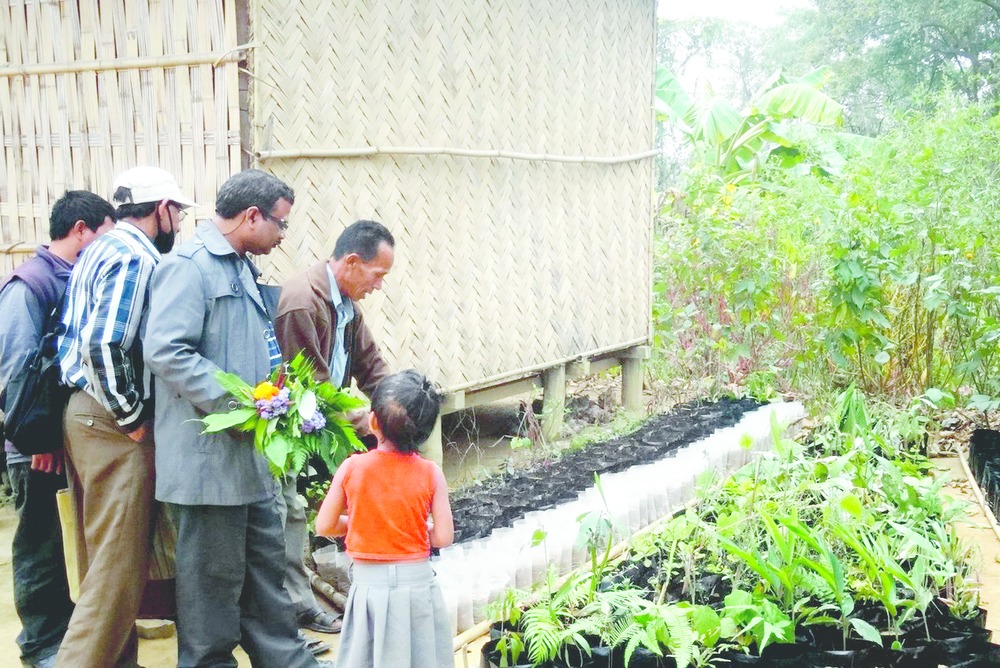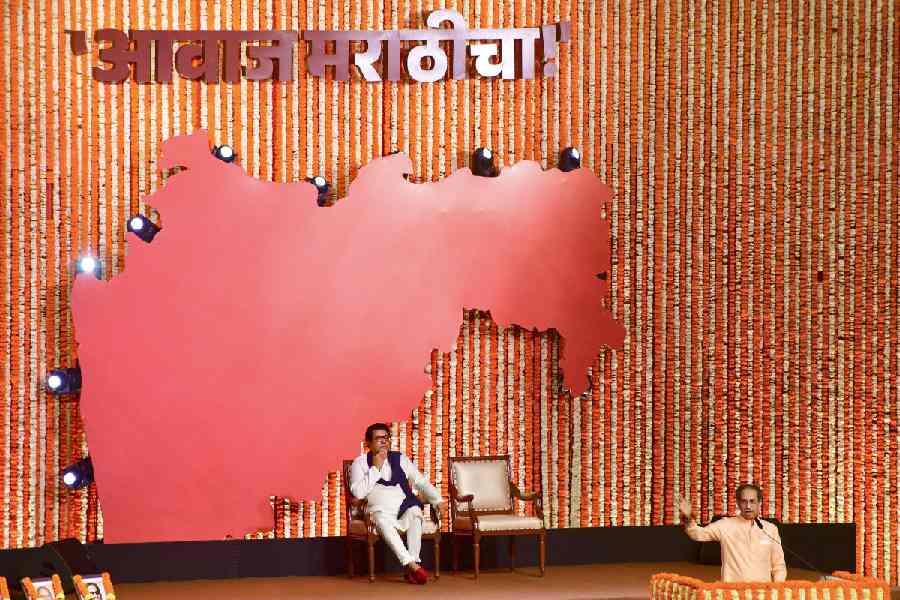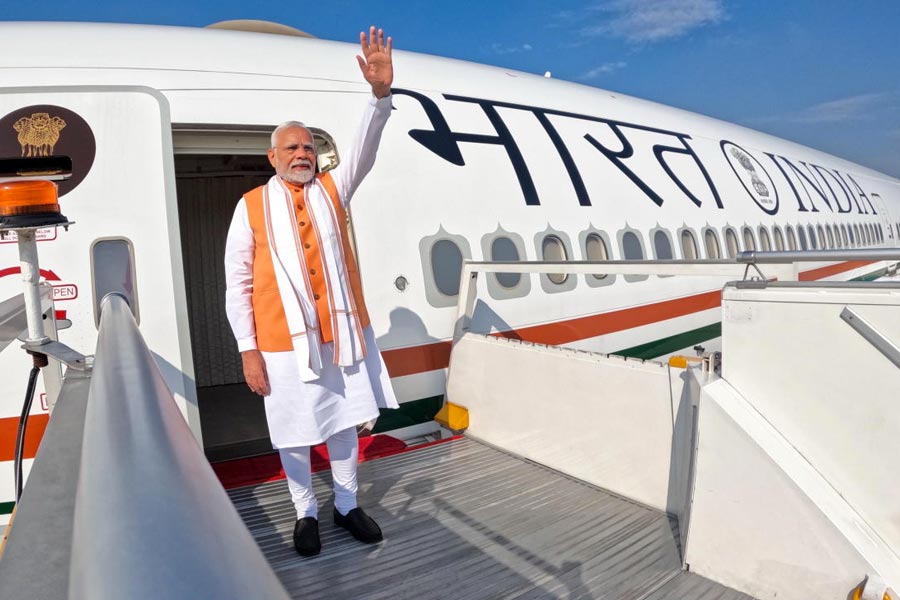
Jorhat, Sept. 29: Ayurvedic practitioners (kabiraj) in North Tripura now no longer need to go into forests in search of increasingly rare herbs, stems and barks used in preparing traditional medicines.
The Centre for Forest Based Livelihood and Extension (CFLE) in Agartala has set up several herbal gardens in the Kanchanpur area of North Tripura district to facilitate easy accessibility of medicinal plants. About 50 per cent of the plants in these gardens are endangered.
The centre is also documenting the formulations being used by the practitioners in treating the 10 most co-mmon diseases, like fractures, anaemia and skin problems.
Pawan Kumar Kaushik, a scientist at the centre, said the initiative is in keeping with the Narendra Modi government's stress on AYUSH (department of Ayurveda, Yoga and Naturopathy, Unani, Siddha and Homoeopathy). The goal is to promote traditional medicines and preserve traditional knowledge as well as provide forest-based livelihood generation to growers and practitioners.
Thiru Selvan, assistant professor at Tripura Central University's department of forestry and biodiversity, said the herbal gardens, set up in the fields owned by kabirajs, would help in resource conservation and growth of herbaceous plants.
"About 50 per cent of the medicinal plants being grown are endangered as Tripura has come under rubber plantations and the growth of these herbs have dwindled in the state. They can be found only in deciduous forest areas and in order to get to them these practitioners have to travel a great distance. Now they can access them at home and as they will be grown for different medicines it can be said that there is no danger of them becoming extinct. However, the population of traditional practitioners of medicine is decreasing," he said.
Amiya Choudhury, president of Vaidyaraj Herbal Growers' Society (VHGS), told this correspondent that the initiative by the centre had provided excellent motivation for practitioners of traditional medicines.
"We have 55 members in our society who can cure anything from rabies and kidney stones to malaria and shattered bones," he claimed.
Choudhury said several small plots, owned by kabirajs, have been sown with a variety of medicinal plants with the help of CFLE. Such gardens have been set up at Kanchanpur Netaji Nagar, Suknochora, Purba Satnala, Monosuchoi, Company Para and Mitrajoy Para.
"As many of these plant materials have become scarce in forests because of largescale deforestation and other reasons, these herbal gardens in our homesteads will make for easy availability and continuity," he said.
CFLE scientist Kaushik said the project would help document location-specific information on conservation and utilisation.
"Till now different parts of about 110 plant species have been documented to be used by the traditional healers and about 40 per cent of which are collected for roots," he said.
Since a lot of medicines use the roots of the plants, they are uprooted and many face extinction, said research scholar Deepankar Deb, who works on taxonomy.
"There was no means to renew the diversity of the flora thus lost as once the plant was plucked out and the roots used to make the medicine then there was always the danger that the plant would become scarce and one day not found at all," he said.
The herbal gardens will be of great help in conserving these medicinal plants, he said.
In Hyderabad, an NGO is doing a lot of good work to organise traditional medicine practitioners but this is the first initiative to organise them in the Northeast, Deb said.
The activities under CFLE, a component under the Indian Council of Forestry Research and Education (ICFRE), were started under the Direct to Consumer Scheme of ICFRE, Dehradun, on demand from the stakeholders in the state.










